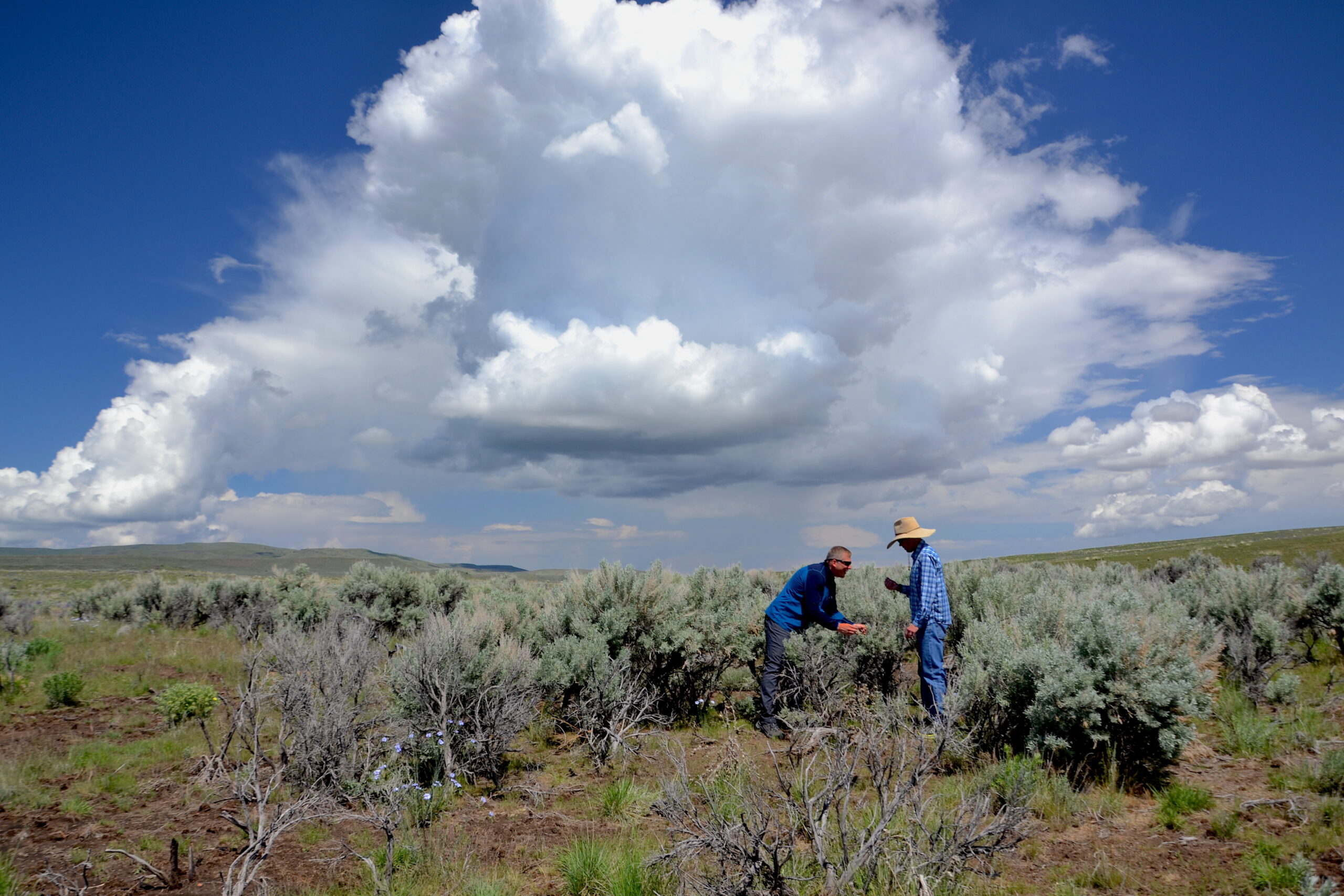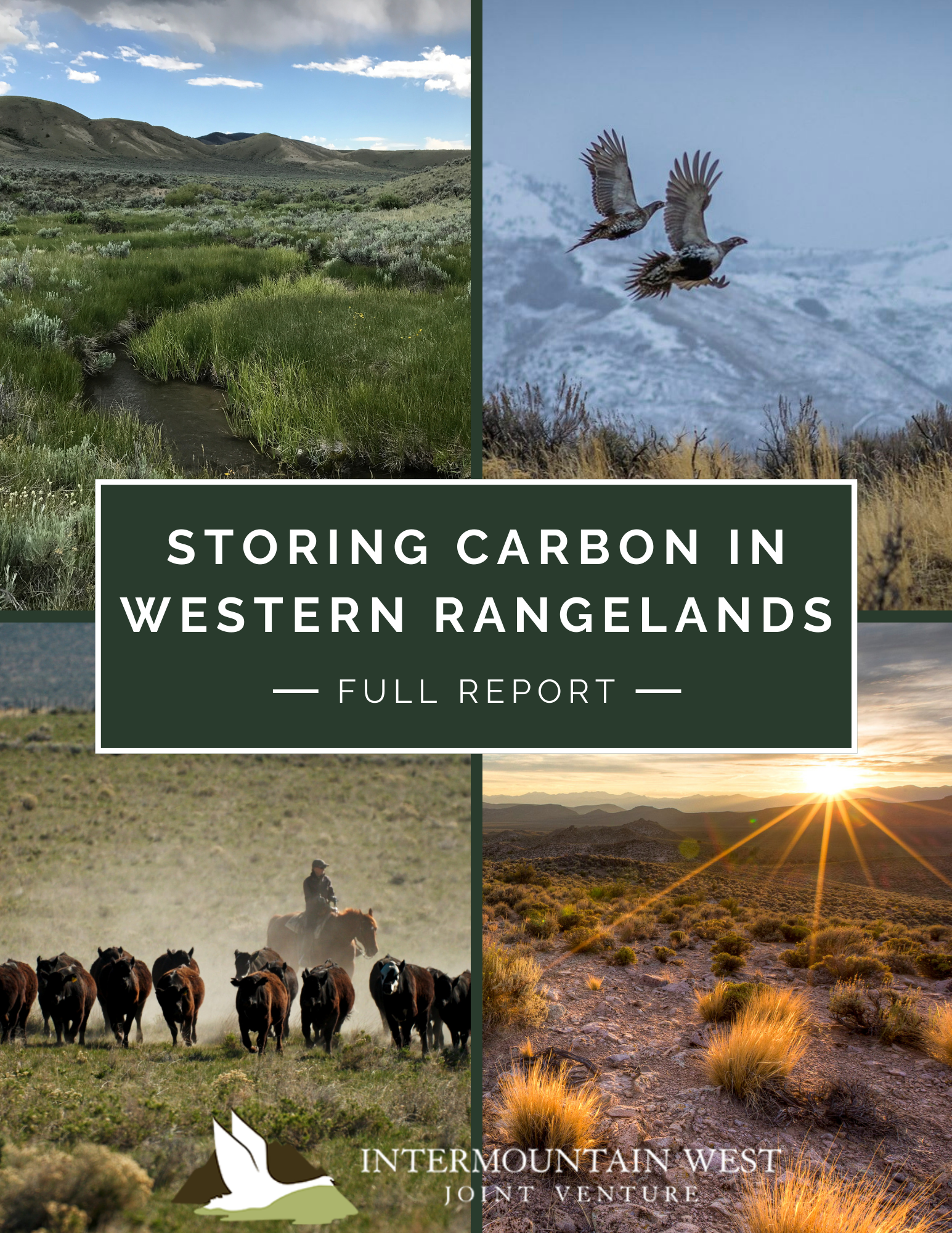-

·
Intermountain Insights: Wetland Loss in the Pacific Flyway
A study from the Intermountain West Joint Venture and partners, Functional wetland loss drives emerging risks to waterbird migration networks, identified trends of severe wetland drying in the Southern Oregon Northeastern California (SONEC) region and California’s Central Valley, two of the most significant sites for migratory waterbirds in the Pacific Flyway. The good news? Managers can…
-

·
Intermountain Insights: White-Faced Ibis and Water in the West
This Intermountain Insights takes a look at a fascinating study on white-faced ibis and its implications for the conservation of wetlands in the Intermountain West. Researchers from the University of Montana and the Intermountain West Joint Venture conducted the first-ever long-term monitoring of white-faced ibis breeding habitat. Using satellite imagery, they estimated seasonal flooding across…
-

·
Science to Action: Takeaways from IWJV’s “Storing Carbon in Sagebrush Rangelands” Report
Carbon sequestration is a topic circulating widely throughout the conservation community. Rangelands are coming into the carbon spotlight due to their sweeping extent and because they store relatively more carbon in soils than forests. The importance of keeping carbon out of the atmosphere is widely understood, but breaking down knowledge on how to protect carbon already stored…
-

·
Conifer Removal Restores Human and Wildlife Community Health
Shane Boren is a farmer and rancher in east-central Nevada from a small community near the town of Ely. He works for the region’s power company, volunteers with the area’s conservation district, and recently retired from the county game board after 20 years. He guided hunters and does some trapping. On top of that, he…
-

·
Intermountain Insights: The Call of the Cranes
Greater sandhill cranes rely on wetland habitat on private and public land throughout the West as they migrate to and from wintering and breeding grounds each fall and spring. New science from the Intermountain West Joint Venture (IWJV) identifies the landscapes and wetland sites most important to sustaining these seasonal migrations. The paper, Migration efficiency…
-

·
Protecting Carbon Stored in Western Rangelands
Western rangelands and grasslands are being recognized for their ability to protect stored carbon long into the future. Rangelands are vast and store over 25% of carbon found in western ecosystems. As the climate warms and the west experiences more extreme weather events like drought and fire, as well as landscape-scale changes like conifer expansion…



